The Omics Revolution: Guide to the Future of Personalized Health

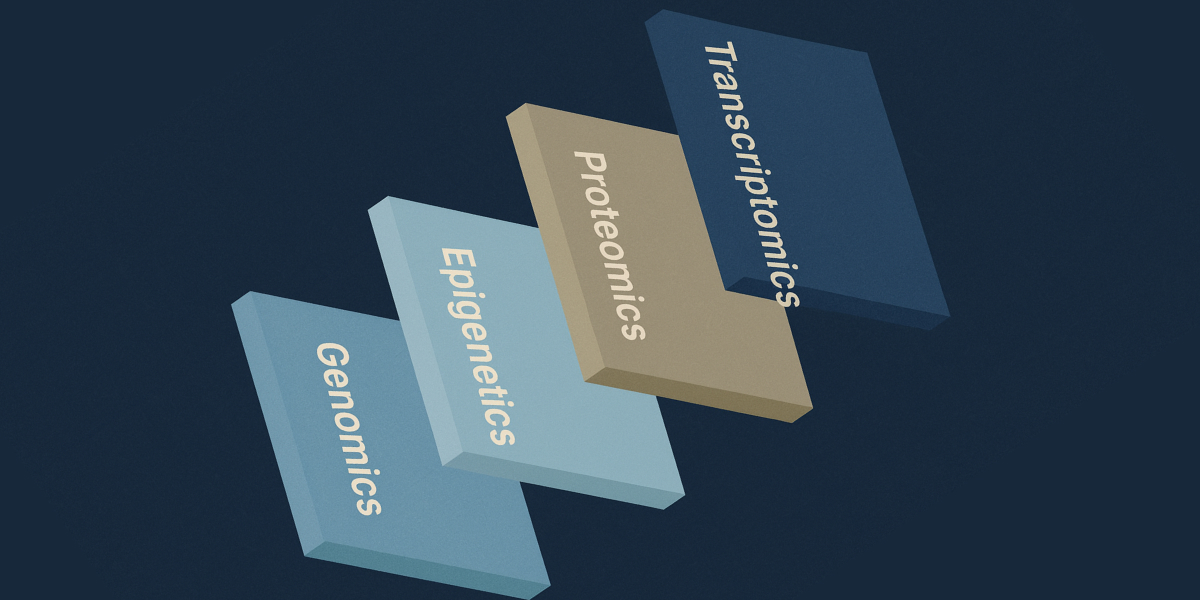
If you've ever wondered why some people thrive on certain diets while others don't, or why medications work differently for different people, the answer lies in something called "omics."
Don't let the weird name scare you off, this is actually one of the most exciting frontiers in health and wellness, and it's about to transform how we all think about our bodies.
What Are "Omics" Anyway?
Think of omics as different ways of reading your body's instruction manual. Each "omic" gives us a different layer of information about how your body works, like looking at the same building from different angles, the blueprint, the electrical system, the plumbing, and who's actually living there.
The suffix "-omics" just means "the study of all of something." So genomics studies all your genes, proteomics studies all your proteins, and so on. It's the difference between looking at one tree versus understanding the entire forest.
The Journey From DNA to Action
Before we dive into each omic, here's the amazing journey happening in your body right now: Your DNA (genomics) holds the master instructions. Chemical tags (epigenomics) including methyl groups that attach to your DNA through a process called methylation, decide which instructions to read and which to keep silent (you might hear this referred to as your DNA expression). Your cells then create RNA messages (transcriptomics) from those active instructions. Finally, those messages are translated into proteins (proteomics), the actual molecular machines that repair your muscles, carry signals between neurons, fight off infections, and do literally everything else that keeps you alive and thriving.
Think of it like building a house: genomics is the architectural blueprint, epigenomics is the project manager deciding what to build when, transcriptomics is the work orders being sent out, and proteomics is the actual construction crew doing the work. Each layer depends on the one before it, and together they create the incredible complexity that is you.
Let's break down each of these players and see why they matter for your health.
Genomics: Your Permanent Blueprint
Genomics is the study of your entire genetic code, all those A's, T's, C's, and G's that make you uniquely you. This is your body's master blueprint, inherited from your parents and unchanged throughout your life (unless you're planning some illegal gene editing, which seriously, don't).
What it tells us: Your genetic predispositions, how you metabolize nutrients and medications, your athletic potential, and your risk factors for various conditions.
How we measure it: A simple saliva sample or cheek swab (buccal swab) is all it takes. The technology has become so streamlined that what once cost billions now costs hundreds.
Why it's powerful: Your genome is permanent. Test it once, own that data forever. As science advances, that same genetic data becomes more valuable, like having a book that reveals new chapters as we learn to read new languages.
Epigenomics: The Volume Knobs on Your Genes
Here's where things get really interesting. If genomics is your genetic hardware, epigenomics is the software that decides which programs actually run.
Imagine your genes as a massive piano. Epigenetics determines which keys get played, how loudly, and when. These chemical tags (methylation) attached to your DNA can turn genes on or off without changing the underlying code. The wild part? These tags can change based on your diet, stress, sleep, exercise, environment and your age.
What it tells us: How your lifestyle and environment are actually affecting your gene expression in realtime. This is where we see how your choices literally change how your body operates at the molecular level.
How we measure it: Currently through specialized blood (blood spot cards) or tissue tests, though the technology is evolving rapidly.
Why it's powerful: Unlike your genome, your epigenome is changeable. This means you can literally influence how your genes express themselves through your lifestyle choices. Talk about taking control of your health!
Transcriptomics: The Messenger Service
If genomics is the cookbook and epigenomics decides which recipes to make, transcriptomics shows us what's actually being cooked right now.
Your cells are constantly reading your DNA and creating RNA messages (transcripts) that tell the cell what proteins to make. Transcriptomics captures all these messages, giving us a realtime snapshot of what your cells are actively doing.
What it tells us: Which genes are actively working in different tissues and under different conditions. It's like seeing which apps are running on your phone right now versus which ones are just installed.
How we measure it: Usually requires a blood sample or tissue biopsy, depending on what we're investigating.
Why it's powerful: This shows us not just what could happen (genomics) but what is happening right now in your body. It's incredibly useful for understanding how your body responds to treatments, stress, or disease.
Proteomics: Where the Tire Hits the Road
Proteins are where all this genetic information becomes real action. They're the workers in your body, building, repairing, signaling, defending, and basically doing everything that keeps you alive and functioning.
Proteomics studies all the proteins your body is producing. If the other omics are about potential and instructions, proteomics is about what's actually getting done.
What it tells us: The actual functional state of your cells and tissues. Proteins are what actually do the work, so this is the most direct measure of what's happening in your body.
How we measure it: Typically through blood tests, though the technology is advancing to allow for more comprehensive and accessible testing.
Why it's powerful: Proteins are the final product of gene expression and the actual doers in your body. Understanding your protein patterns can reveal disease states, treatment responses, and overall health status more directly than genetic tests alone.
How These All Work Together
Here's the beautiful thing: these omics layers all connect and inform each other. Your genome provides the blueprint, your epigenome decides what parts of that blueprint to use, your transcriptome shows what's being built right now, and your proteome reveals what's actually been constructed and is functioning.
It's like a symphony orchestra, the genomics is the sheet music, epigenomics is the conductor's interpretation, transcriptomics is the musicians playing their parts, and proteomics is the actual sound filling the concert hall.
Our Philosophy: Start With What's Stable, Build From There
Here's how we think about using omics for your health optimization:
Start with genomics. Your DNA is your permanent foundation, it never changes (unless you're doing gene editing, which isn't happening legally in the US). Test it once with a comprehensive panel, and you have that information forever. This is your best return on investment because as research advances, that same genetic data becomes increasingly valuable. We're constantly discovering new genetic connections to health, wellness, longevity, cognitive performance, and physical performance.
Layer in the dynamic data. Once you understand your genetic blueprint, you can start adding the changing variables, blood work that shows your current state, wearable data that tracks your daily patterns, and eventually, as the technology matures and becomes more accessible, epigenetic testing to see how your lifestyle is affecting your gene expression.
Focus on what's actionable today. While all the omics are fascinating, genomics currently offers the best combination of accessibility, affordability, and actionable insights. You can get your genome sequenced today and immediately apply those insights to optimize your nutrition, exercise, supplements, and medication choices.
The Future Is Already Here
The really exciting part? We're just scratching the surface. As these technologies become more sophisticated and affordable, we're moving toward a world where your health plan is as unique as your fingerprint.
Imagine knowing exactly which foods fuel your body best, which exercise routine matches your genetic recovery patterns, which supplements actually make a difference for your specific biology, and which medications will work without trial and error.
This isn't science fiction, it's science fact. And it all starts with understanding your omics.
Your Next Step
If this feels overwhelming, here's the simple truth: you don't need to understand all the omics to benefit from them. Start with genomics, get a comprehensive genetic test, understand your blueprint, and use that information to make smarter choices about your health.
As the other omics technologies mature and become more accessible, you can layer them in. But for now, your genome is your north star, permanent, powerful, and increasingly valuable as our understanding grows.
The omics revolution isn't coming, it's here. The question isn't whether to participate, but how quickly you want to start benefiting from it.
Your body is already using all these systems. Isn't it time you understood how they work?



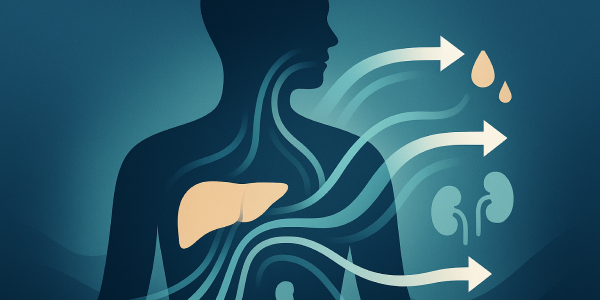
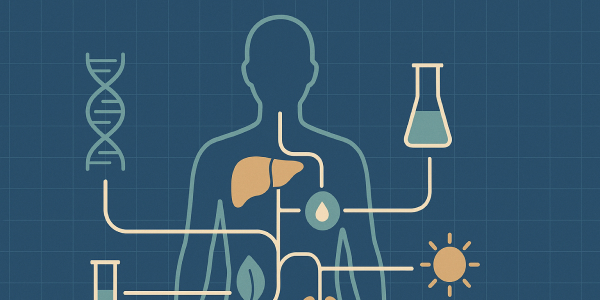
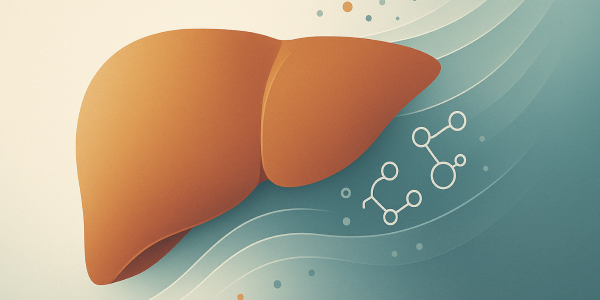


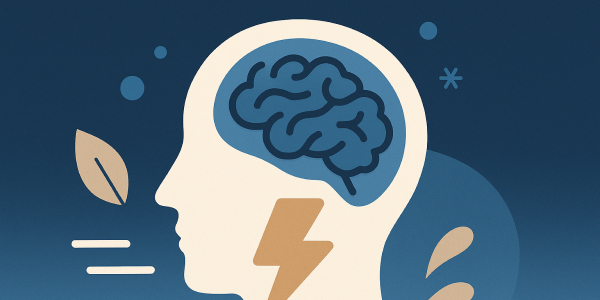
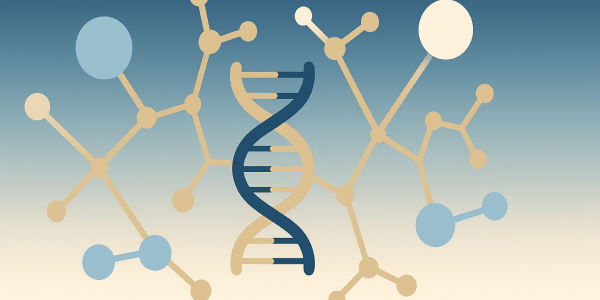

.svg)